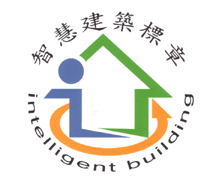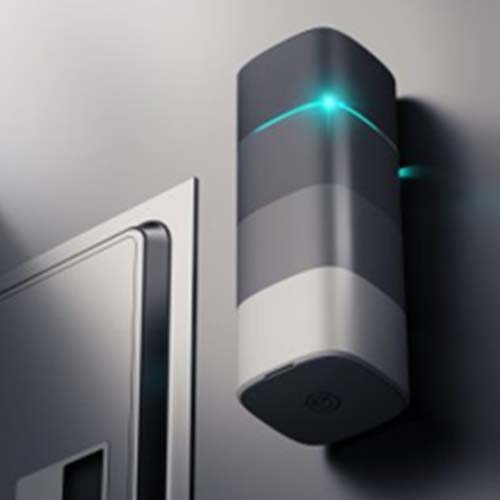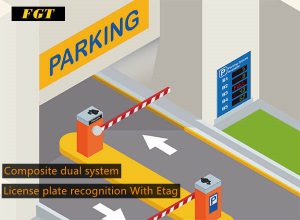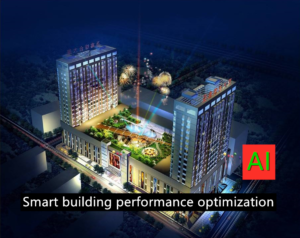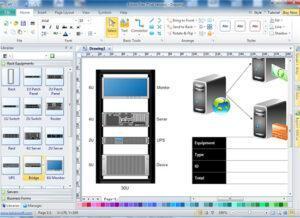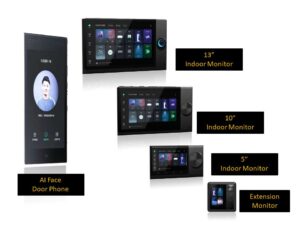FGT think your best choice in the future
System Integration Designers in FGT
IOT Type: Digital Power Distributor Meter
- Our collective meters can monitor any mains, switchboard feed or circuit breaker
- Instant data transfer to cloud host via 4G/LTE or WiFi (via optional local server or integration with BMS).
- Mobile app software provides automatic SMS or email alerts to predict and notify problem conditions
- Network Dashboard provides 24/7 analytical tools to manage your
- Automated weekly and monthly reports provide insight and measure power usage
- Real-time presentation of data Interactive display delivery provides 24/7 transparency to attract building occupants (*optional display delivery integration module).
- Description
- Additional information
- Technical Specifications
- Scope of application
- standard specification
- meet design standards
- Special needs
- Inquire now
IOT Type: Digital Power Distributor Meter
Wifi + IoT for smart buildings
- Our collective meters can monitor any mains, switchboard feed or circuit breaker
- Instant data transfer to cloud host via 4G/LTE or WiFi (via optional local server or integration with BMS).
- Mobile app software provides automatic SMS or email alerts to predict and notify problem conditions
- Network Dashboard provides 24/7 analytical tools to manage your
- Automated weekly and monthly reports provide insight and measure power usage
- Real-time presentation of data Interactive display delivery provides 24/7 transparency to attract building occupants (*optional display delivery integration module).
Track your energy consumption with a smart centralized meter. Simply clip-mount our smart collective meter to the main circuit and start tracking your energy consumption. Sensors in the collective meter measure electricity usage and securely send the data to a cloud host via Wi-Fi or Verizon 4G/LTE.
100% certified
Passed and complied with international standards: UL, CE, FCC Part 15 Class A, TUV certified. Suitable for all kinds of buildings (circuit breaker box, distributor box, switch box or power supply side). The installation work can be carried out in the external installation.
Simplified installation
It only takes 30-120 minutes to install. Data is available 24/7 from any desktop, laptop, tablet or smartphone.
No batteries, no power outages
Once connected and installed, the sensors of our smart collective meters can be charged directly from the power strip. A major centralized metering router with 42 sensors consumes less than 10 watts of power overall, the equivalent of a home router. Never worry about charging.
Smart collective meters are tools for managing and recording the power and performance of home electronic devices. What makes electricity meters "smart" is their ability to provide detailed and accurate analysis of electricity usage in real-time or at predetermined intervals, without the need for a technician.
The U.S. Department of Energy estimates that nearly 70 million U.S. households already have smart meters, and power companies have gone to great lengths to replace analog meters (which are read manually every month).
The strategic potential for collecting extensive information on electricity usage includes the value of fast, accurate measurements and the elimination of monthly estimates and meter reading home visits.
While this is the most energy-efficient and profitable way to manage the grid, the personal data that smart meters are collecting in real-time remains a concern, including unnecessary information about hourly electricity usage. This data collection may violate the privacy of users.
Here are the benefits and challenges of smart meters for utilities, customers and the environment:
The Consumer Advantage: Smart Aggregate Meters
- More, more detailed feedback on energy usage
- Ability to adjust habits to reduce electricity bills
- Reduce the number of outages and system-wide power failures
Consumer-Oriented Disadvantages: Smart Aggregate Meters
- Additional costs for installing new meters
- Privacy concerns of personal data collected and how it is used
- Consumers take more responsibility for maintenance
Advantages in Electric Power Companies: Smart Aggregate Meters
- Eliminates monthly manual meter readings
- Real-time monitoring of electrical systems
- Encourage more efficient use of electricity resources
- Provides responsive data to balance electrical loads while reducing outages
- Enable dynamic pricing
- Capital expenditures for building new power plants are avoided
- Leverage existing resources to help optimize profits
Disadvantages of the Power Company: Smart Aggregate Meters
- Additional costs for training individuals, developing equipment and implementing new data storage processes
- Manage public reaction and feedback on new meters
- Long-term financial commitment to new hardware/software
- Ensuring the security and privacy of metering data
Disadvantages are short-term pain points
New technologies that conserve resources bring new challenges related to expensive energy-intensive data storage and privacy concerns that are particularly acute in these home and commercial technologies. If consumers are unfamiliar with self-managing new energy systems, they are less likely to pay close attention to the energy savings potential of such smart pooled meters (or how their personal data is used).
Most of the shortcomings of smart centralized meters appear to be short-term, but in some cases, especially in rural and currently off-grid areas, such challenges will slow the adoption of these technologies.
A commitment to protecting and valuing users’ personal data is critical, but it won’t work if power companies don’t incorporate cybersecurity and technology leadership directly into their bylaws. Consumer protection is critical to the product, and responsive features make it useful for utility companies.
| Application | Panel Meter |
|---|---|
| Control | AI, BI, IoT |
| Types of | Electronic |
| Installation method | Panel Mounting |
| Output method | digital, analog, wireless |
| Platform | APP, PC, PC+APP |
| Application | building, factory |
| Types of | central monitoring, control panel, cloud |
Technical Specifications

Scope of application
Power Demand Management and Immediate Response
Demand-side management means reducing the amount of electricity a building uses (demand) at certain times of the day. Demand charges can be 30-50% of your monthly electricity bill, so controlling demand can save you a lot of money. For example, while your base kWh rate might be $ 0.10, the highest 15 minute usage might be $ 20.00/kW!
There are times when you have to pay high fees:*
- Maximum kilowatt interval for the month (maximum demand electricity)
- Maximum kilowatt interval during peak hours (peak demand electricity)
- Hot summer, additional "peak event" fees
*Demand charges vary by utility provider
Leverage your energy data to work for you
Demand-side management means reducing the amount of electricity a building uses (demand) at certain times of the day. Demand charges can be 30-50% of your monthly electricity bill, so controlling demand can save you a lot of money. For example, while your base kWh rate might be $ 0.10, the highest 15 minute usage might be $ 20.00/kW!
There are times when you have to pay high fees:*
- Maximum kilowatt interval for the month (maximum demand electricity)
- Maximum kilowatt interval during peak hours (peak demand electricity)
- Hot summer, additional "peak event" fees
*Demand charges vary by utility provider
missing energy efficiency
You cannot change what is not measured. How do you know your energy retrofit and upgrade project is on track? Verdigris measures at the circuit level in addition to the power supply, so we can tell you exactly how much energy each component saves.
- Compare a building's energy end use (lighting, HVAC, etc.) to national CBECS standards
- Efficiency upgrades for measurement and verification programs, such as VFDs or LEDs
- Identify motor problems that may be consuming too much energy
Why focus on improving operational electricity use?
For many construction managers, the day-to-day demands of the job cannot be easily defined. In addition to saying that you are constantly putting out a fire:
- Broken equipment – find out what's not working, why and fix it
- Unplanned Plan – Someone on the employee mistakenly changed the BMS plan
- Undiagnosable problems – you learn about problems in your building from residents, not employees
- Today's process is laborious: daily drills to inspect equipment and preventive maintenance schedules to guess when failures might occur.
Today's processes often rely on complaints. You don't have to wait for occupants to tell you about building problems.
Your building needs a 24/7 attendant.
standard specification
If you need a written word file, please read it in the letter
meet design standards
